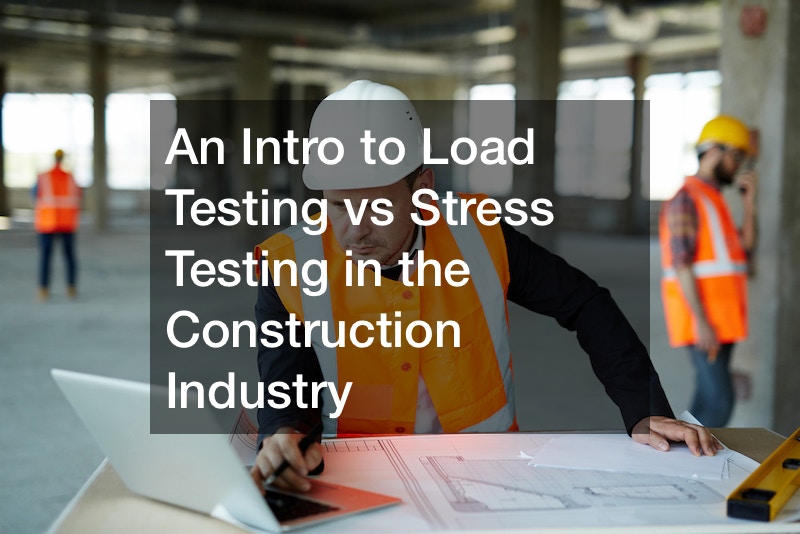

Load testing is a critical process in the construction industry. It evaluates structural integrity and performance of structures and components under expected conditions. It involves applying simulated loads to the construction elements to ensure they can withstand the anticipated stresses and forces during their intended use. According to the YouTube video, this testing phase is essential for verifying the safety and reliability of structures.
Distinguishing Load and Stress Testing
Testing the load primarily focuses on assessing the static and dynamic loads that a structure may encounter during its intended use. It helps identify potential weaknesses, deformation, or structural failures under various loading scenarios. On the other hand, stress testing goes beyond the expected loads, subjecting the structure to extreme conditions to evaluate its ultimate capacity and resilience. While testing a load ensures a structure’s fitness for regular use, stress testing assesses its performance under extreme circumstances.
In construction projects, understanding the distinction between load testing and stress testing is crucial for implementing appropriate testing methodologies. By conducting thorough load and stress testing, construction professionals can enhance the safety and longevity of structures. Thus minimizing the risk of failures during their lifespan.
Load and stress testing are integral components. They ensure the reliability and safety of structures in the construction industry. By employing these testing methods, construction professionals can make informed decisions, meet regulatory requirements, and deliver structures that stand the test of time.
.




